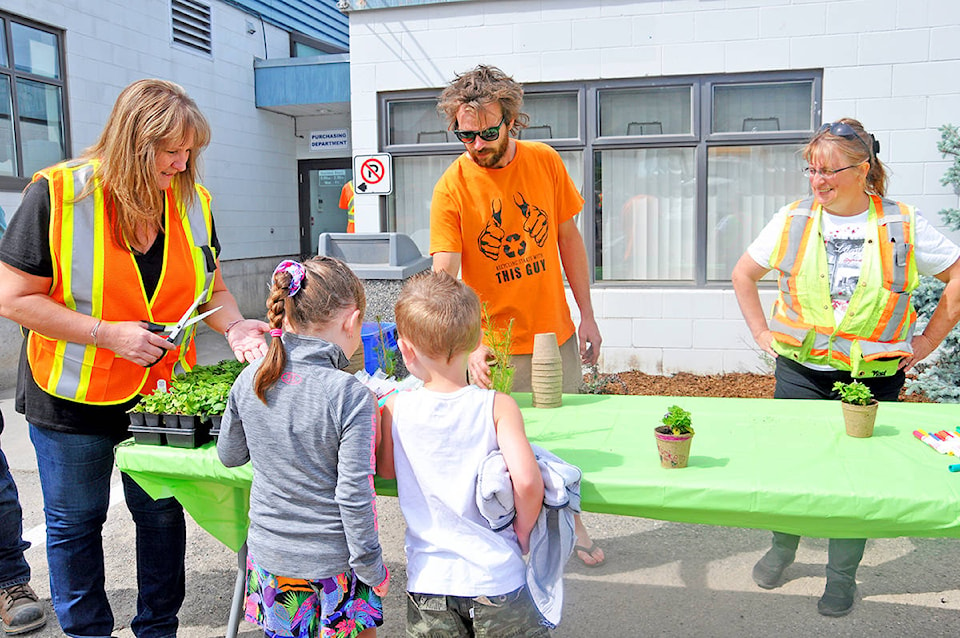It’s important for any non-profit organization to refer back to its mission every once in a while to ensure it’s on the right track. Your mission informs your decisions and how you carry out your work. It also sends clear and consistent messaging to your community and your supporters: this is our raison d’etre, our purpose in life, and what we aim to do on your behalf — because supporters are the lifeblood of any non-profit organization. It’s the same for any business as well. You want your customers to know your elevator pitch just as well as you do. Or, at the very least, what you offer and why they like it.
In the case of the Cariboo Chilcotin Conservation Society, and environmental causes in general, when I think of our common goals and values, I still have to think twice about what conservation means: what is the difference between conservation, stewardship, and preservation, when it comes to environmental work? While still being the type of person that tries not to get bogged down in semantics, (I’m getting sleepy just thinking about it!) they are unique and do affect the nature of work your organization carries out.
READ MORE: The benefits of harvesting a live Christmas tree
Stewardship work is perhaps the easiest to define because “to be a steward” is understood by most: it is a caretaker role. One environmental article published in January, 2018, defines local environmental stewardship as “the actions taken by individuals, groups or networks of actors… to protect, care for or responsibly use the environment in pursuit of environmental and/or social outcomes in diverse social–ecological contexts.” (Environmental Stewardship: A Conceptual Review and Analytical Framework). In short, they are actions that lead to or result in either conservation or preservation. Rehabilitating a riparian area would be a good example of a stewardship activity.
Now conservation and preservation are different from each other (other than just the first six letters). Preservation means to protect a pristine natural resource or land base in its present state. If it is unaltered by human activity, preservation efforts aim to keep it that way. Conservation, on the other hand, endeavours to protect natural resources and lands through sustainable use and management thereof. So it doesn’t mean you don’t touch them – it just means you do so in an ecologically responsible way.
Nowadays, it’s tough to work towards truly preserved natural areas: Provincially designated ecological areas and private land trusts would probably be the closest thing. As for the CCCS and its mission, our very namesake means we try to find a balance: our work and goals will always be to maintain and enhance the health of our environment, but as part of the foundation of a strong economy. We truly believe you can have both.
Conservation Tip of the Month: being a steward can be a very simple, yet consistent, action: committing to picking up one piece of litter every day is a great way to steward the environment of your neighborhood!
Brianna van de Wijngaard is the community liaison with the Cariboo Chilcotin Conservation Society.
